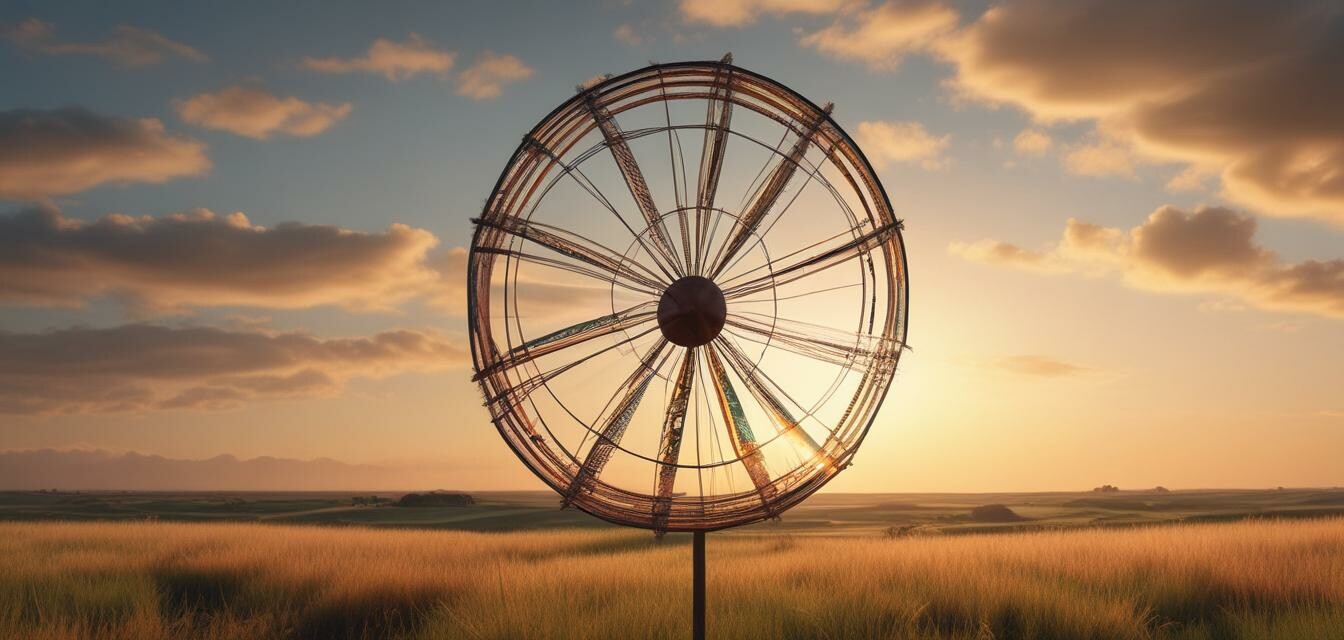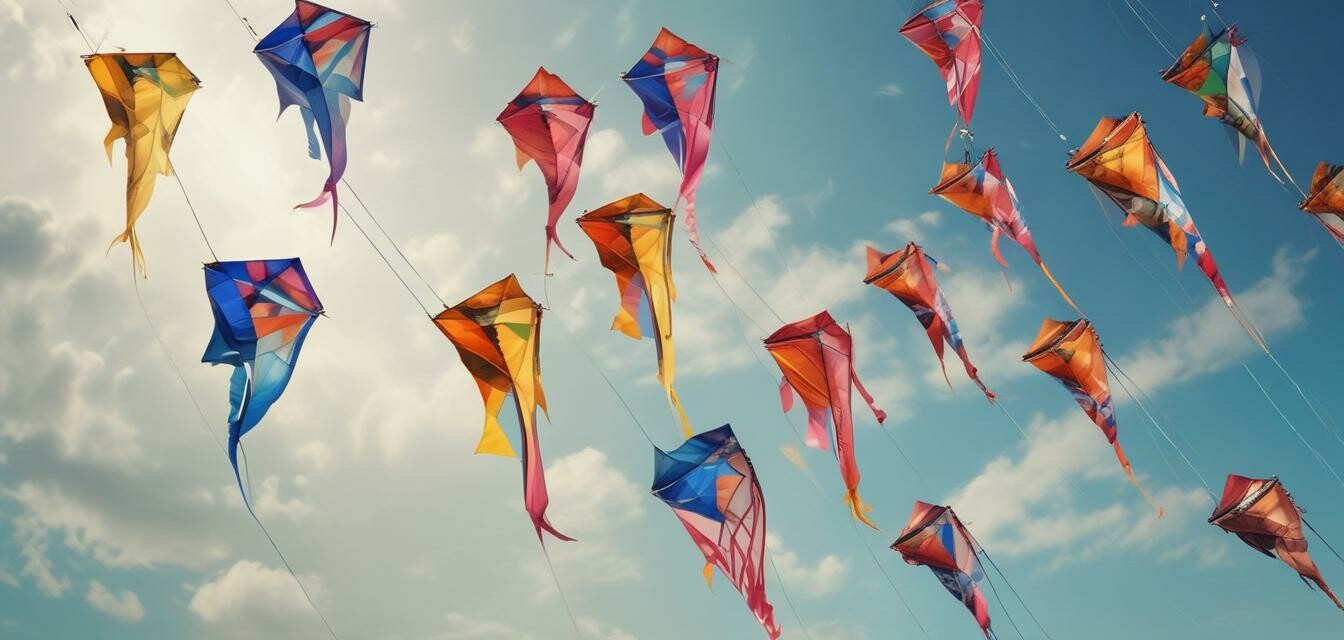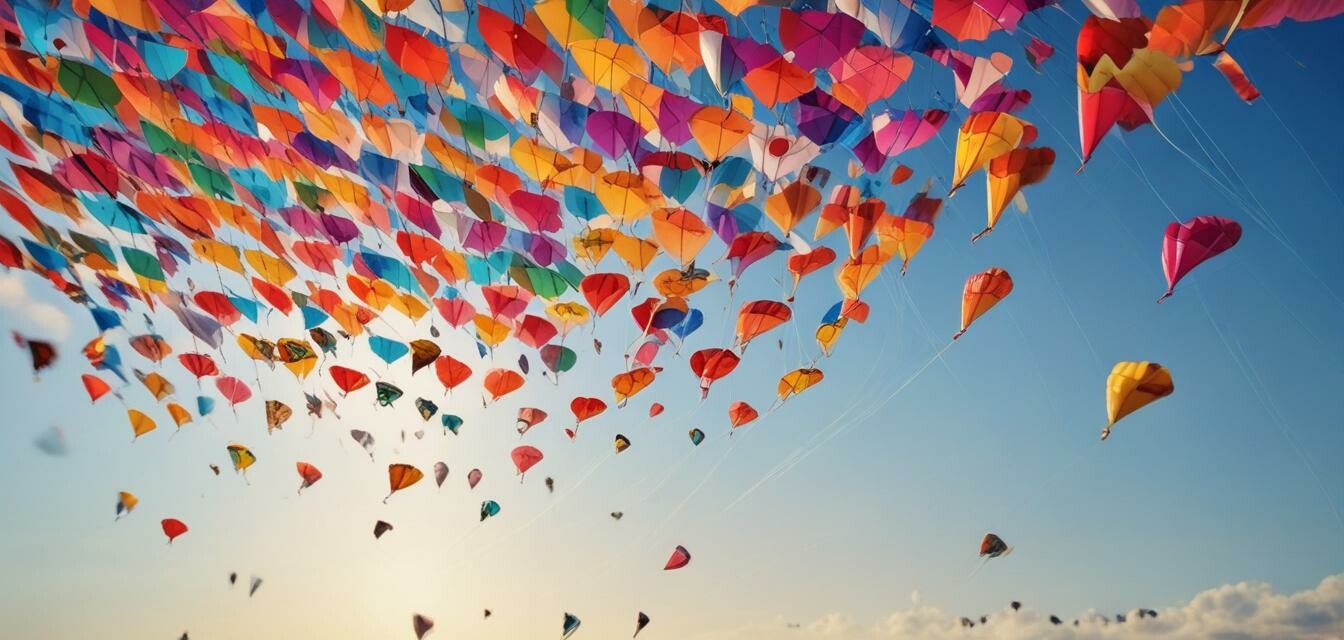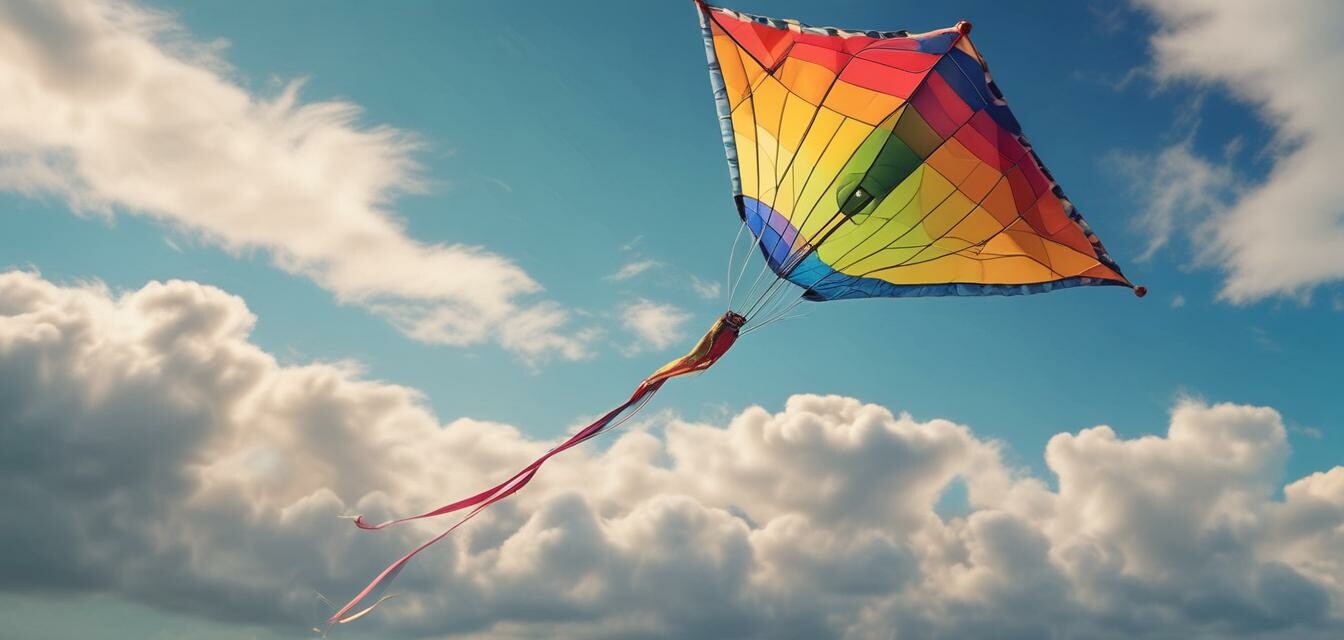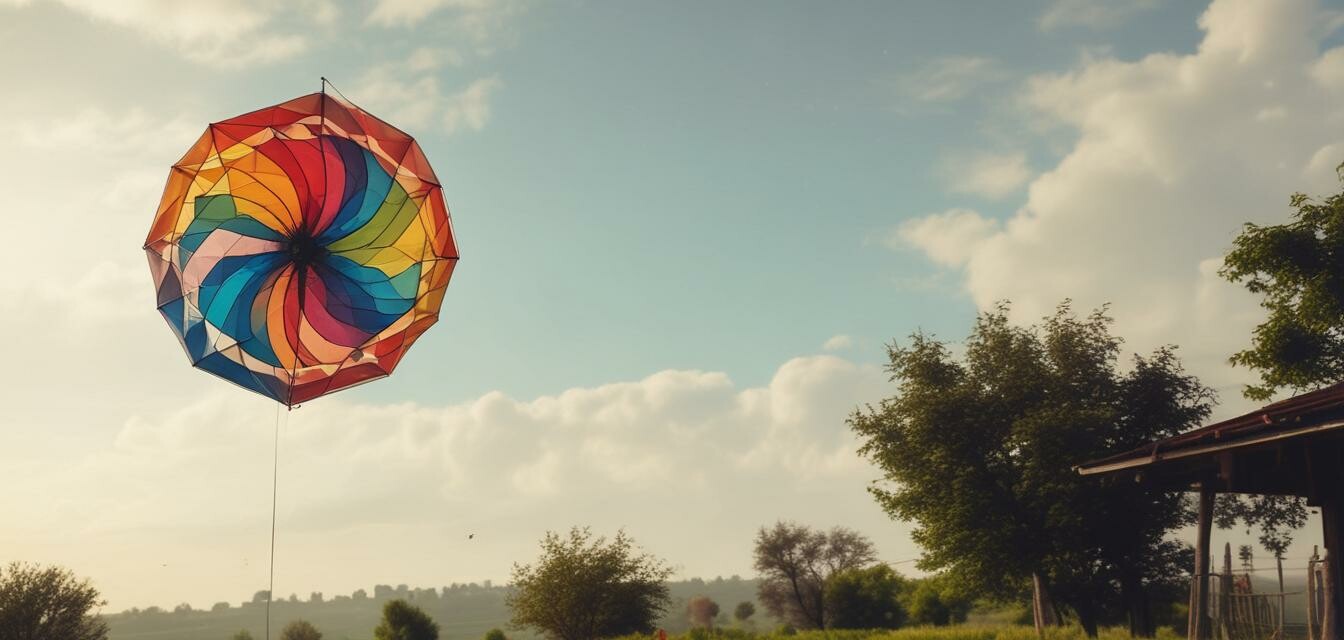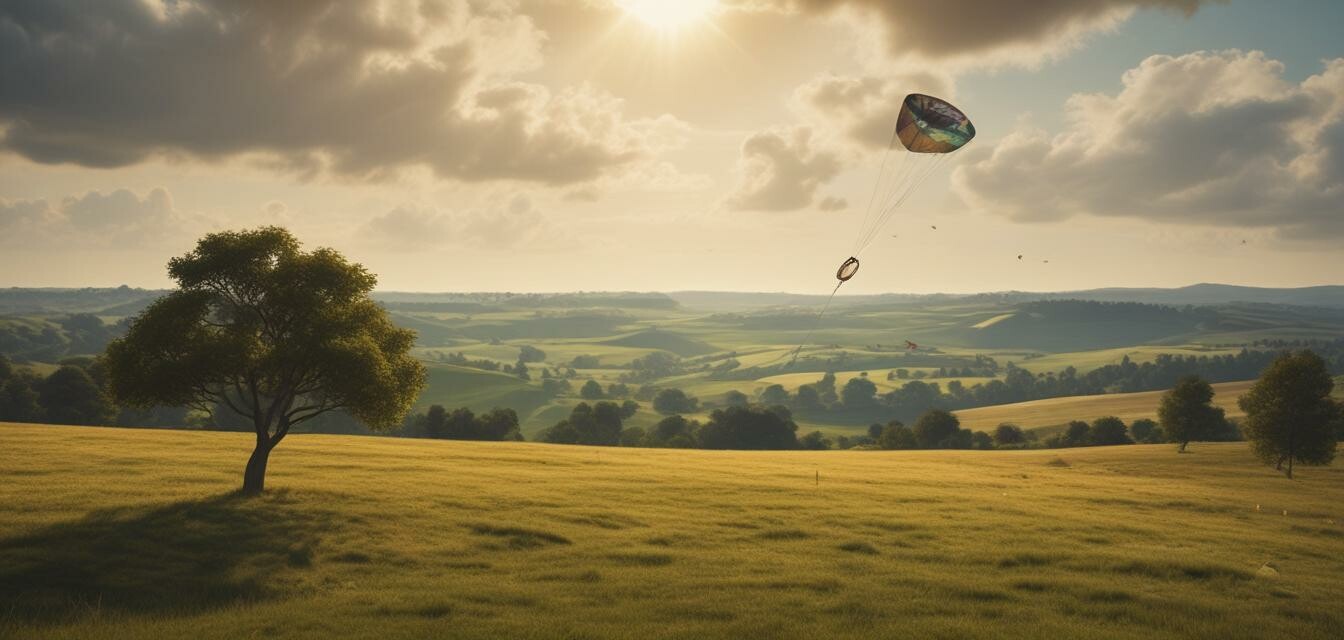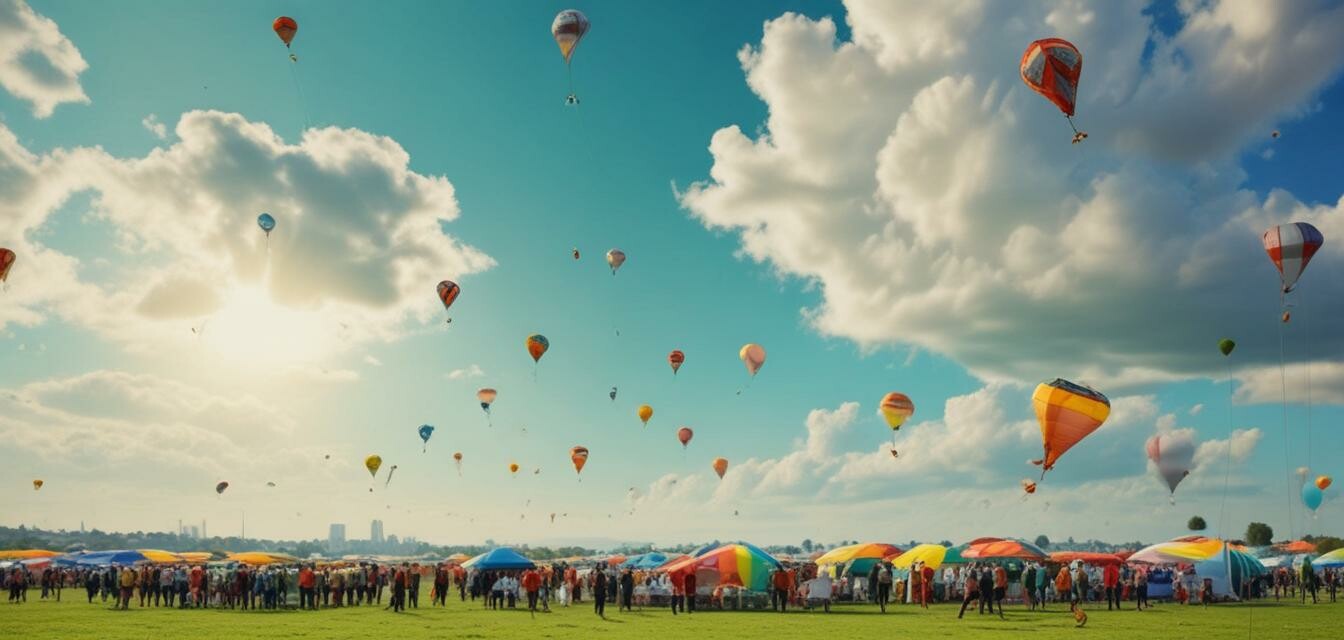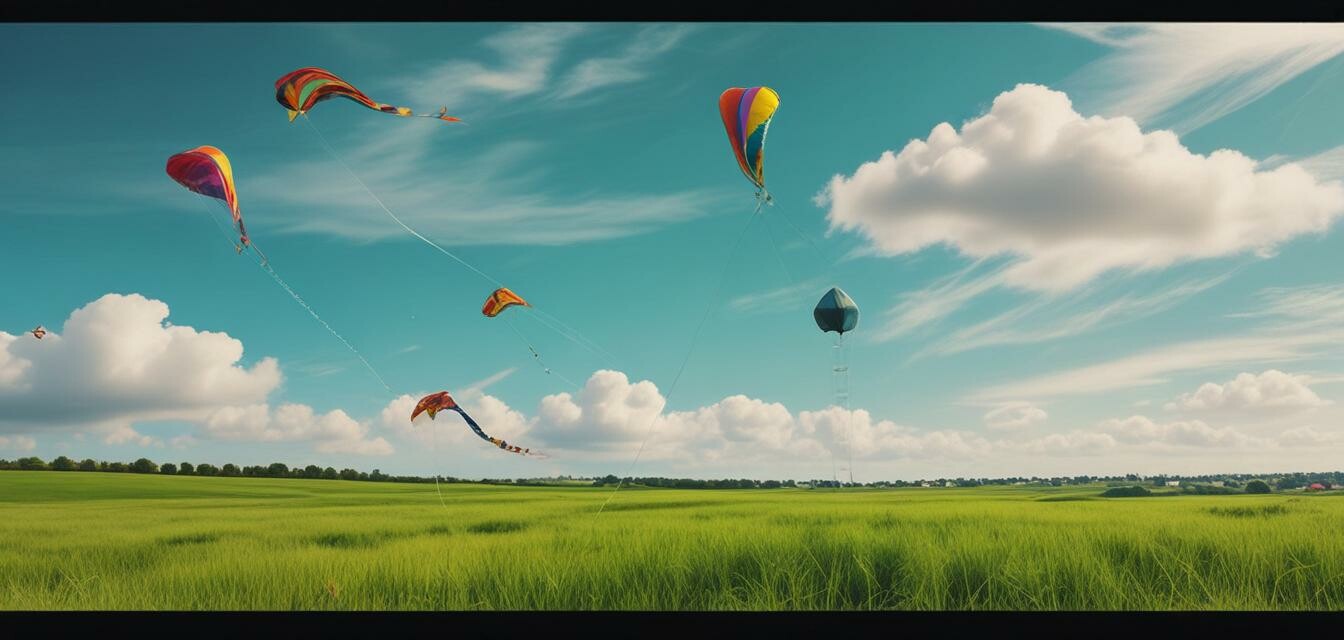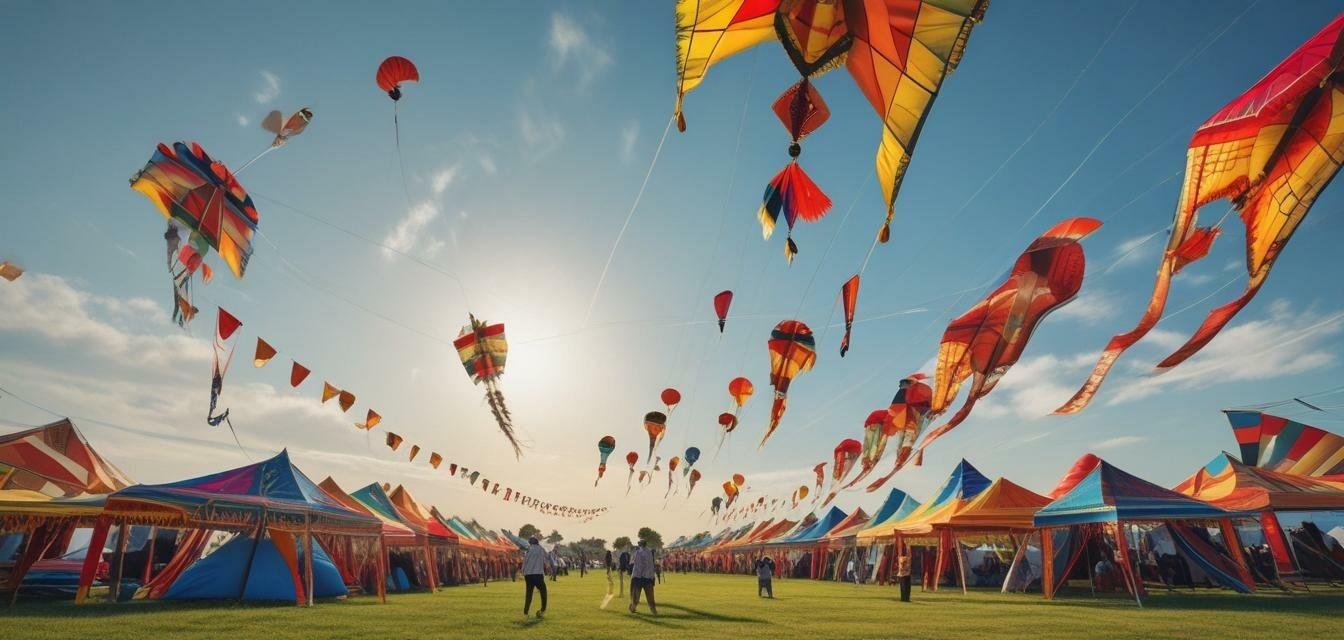
History of Kites
Key Takeaways
- The earliest kites were created over 2,000 years ago in China.
- Kites have been used for military purposes, research, and entertainment.
- Their designs and materials evolved significantly throughout history.
- Today, kites are popular recreational activities and cultural symbols worldwide.
Kites have a rich history that spans several millennia, serving various purposes over time. From ancient military applications to modern-day leisure activities, the evolution of kites is fascinating and diverse. In this article, we will explore the origins, cultural significance, and changing designs of kites through the ages.
Origins of Kites
The earliest recorded use of kites dates back to around 200 B.C. in China. Historical texts refer to bamboo kites flown during military training exercises. The potential of kites was quickly recognized, leading to their adoption for various purposes. Let's examine some of these early uses in a table:
| Time Period | Purpose |
|---|---|
| 200 B.C. | Military training and reconnaissance |
| A.D. 500 | Religious ceremonies and festivals |
| 12th Century | Scientific experiments and research |
Kites in Different Cultures
Kites have made significant cultural impacts in various regions of the world. Let’s explore how kites evolved in different cultures:
- China: Kites became synonymous with traditional festivities, especially in the Spring Festival.
- Japan: Kites are an integral part of festivals like the Kite Fighting Festival, where competitors battle with their kites.
- India: The festival of Makar Sankranti features kite flying as a major component, symbolizing the arrival of spring.
- USA: Kites are used for recreational flying, and events like the International Kite Festival gather enthusiasts yearly.
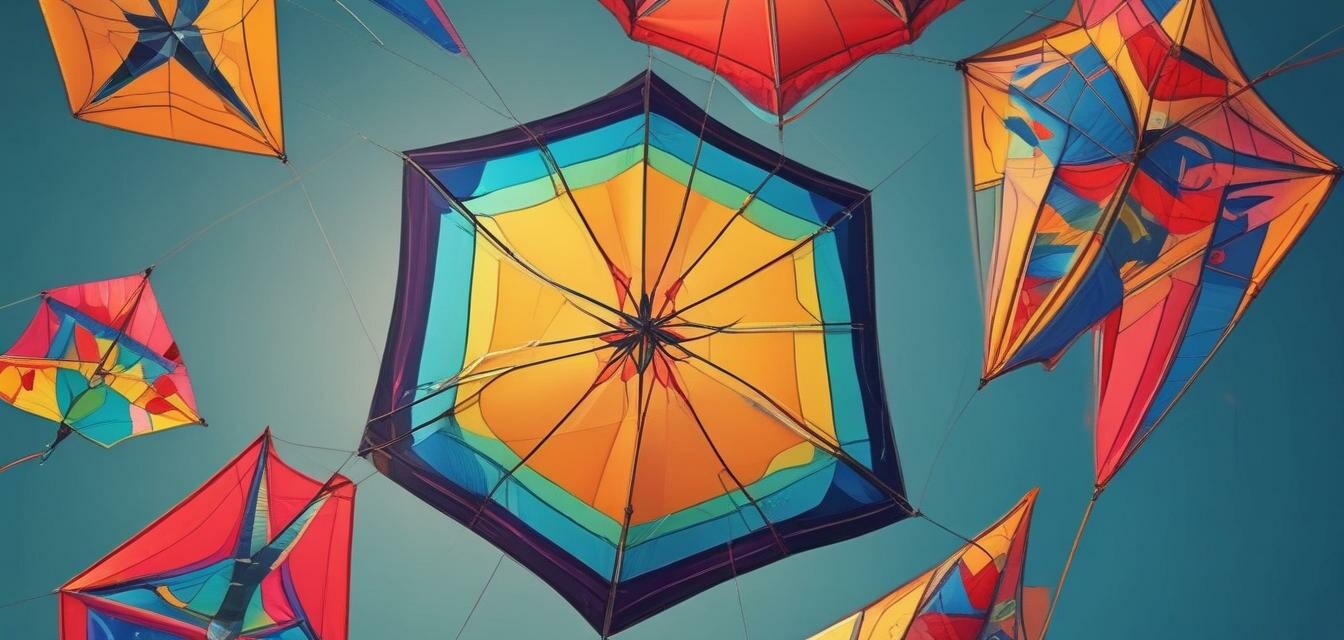
Materials Used in Kite Construction
Over centuries, the materials used for building kites have significantly changed. This evolution reflects both advancements in technology and culturally available resources.
| Material | Period | Notes |
|---|---|---|
| Bamboo | Ancient Times | Lightweight and flexible, used for structure. |
| Silk | Classical Era | Strong and light, providing better aerodynamics. |
| Plastic | Modern Era | Commonly used due to its durability and ease of production. |
Modern Kites
In the contemporary world, kites come in various designs and forms, serving both recreational and artistic expressions. Modern kites can vary in size from small children's toys to massive, stunning installations that can be seen in the sky during festivals.
Types of Modern Kites
- Stunt Kites - Designed to perform tricks and maneuvers.
- Wind Spinners - Decorative items that move in the wind, often used for outdoor decor.
- Kite Accessories - Enhancements and modifications for improved flying experiences.
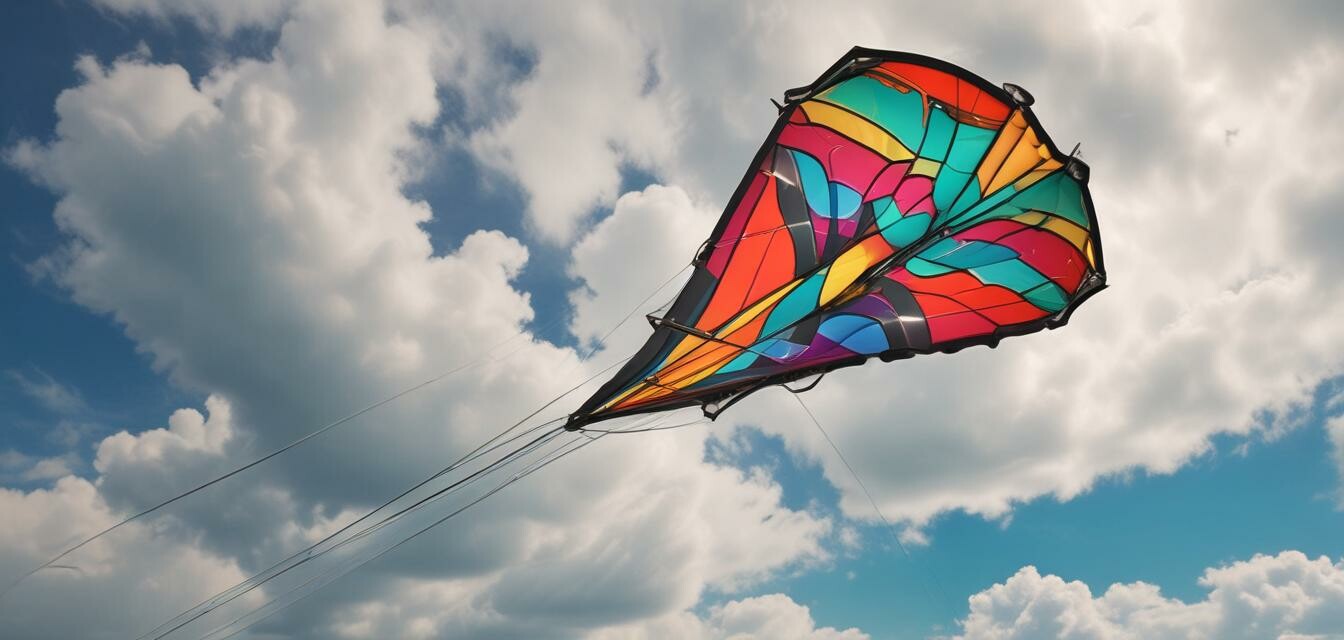
The Cultural Significance of Kites
Kites hold various meanings—fun, competition, and even spirituality—across different cultures. Festivals dedicated to kite flying are a testament to the joy and sense of community that this activity fosters.
Festivals Celebrating Kites
- International Kite Festival: Celebrated in many countries, this festival showcases stunning displays of kites from around the globe.
- Makar Sankranti: A prominent Indian festival where kite flying marks the harvest season.
- Hanami Kites: In Japan, kites are flown during cherry blossom viewing parties.
Pros
- Promotes outdoor activities.
- Encourages creativity through design.
- Brings communities together during festivals.
Cons
- Can be affected by weather conditions.
- Requires a good amount of open space for flying.
Conclusion
The history of kites is a beautiful tapestry woven through culture, tradition, and innovation. From their origins in ancient China to their adaptation in modern recreational pastimes, kites continue to entertain and unite people across the globe. Whether you're looking to join in a local kite festival or simply relax while flying a kite in the park, the spirit of kite flying remains strong and vibrant in today's world.
